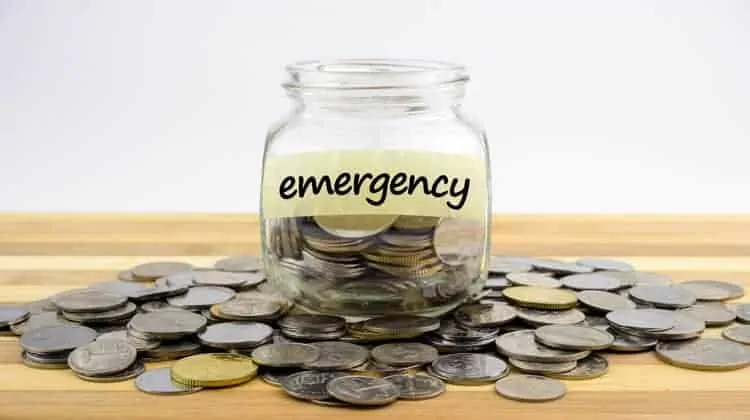In today’s uncertain times, having a financial safety net is more important than ever. An emergency fund can provide you with peace of mind, helping you navigate unexpected expenses or sudden income disruptions. And one effective way to save for emergencies is by using a savings account. So, let’s look at the five simple steps through which you can build your emergency fund while making the most of your savings account.
Step 1: Open a savings bank account
The first step towards saving an emergency fund is to open a savings bank account. A savings account offers a range of features designed to help you grow your money while keeping it easily accessible. Look for a bank that offers competitive interest rates, low or no maintenance fees, and convenient access through online banking and mobile apps. Comparing different savings accounts can help you find the one that best suits your needs.
Step 2: Understand the features of a savings account
A savings account typically comes with various features that make it an ideal choice for your emergency fund. These may include a minimum account balance requirement, an ATM or debit card for easy withdrawals, and the option to set up automated transfers from your primary account. Additionally, some banks provide tools like a savings account calculator, which can help you estimate how much you need to save and how long it will take to reach your goal.
Step 3: Compare different savings accounts
Not all savings accounts have the same features. It’s important to compare the interest rates offered by different banks, as even a small difference can have a significant impact on your savings over time. Consider factors such as account fees, customer service reputation, and the bank’s stability. This research will help you select a savings account that maximizes your savings potential while providing the necessary security and convenience.
Step 4: Establish a realistic savings goal
Determining how much to save in your emergency fund depends on your individual circumstances and financial obligations. A commonly recommended rule of thumb is to save at least three to six months’ worth of living expenses. However, if you have dependents or work in a field with a higher risk of job loss, consider aiming for a larger emergency fund. Use the savings account calculator provided by your bank to help you set a realistic savings goal and track your progress over time.
Step 5: Allocate and automate your savings
To ensure consistent progress towards your emergency fund, it’s important to allocate a portion of your income specifically for savings. Set up an automated transfer from your primary account or salary account to your savings account on a regular basis, such as monthly or with each pay cheque. This way, you won’t have to rely on willpower alone to save. Treating your savings as a fixed expense will help you build your emergency fund steadily without feeling the pinch.
To summarise
Saving for an emergency fund is an essential part of personal finance, providing you with a financial safety net when unexpected situations arise. By utilising a savings account, you can take advantage of its features to meet your savings goals for building an adequate emergency fund. Remember, the key is to start small and be consistent. With each contribution to your emergency fund, you’re taking a significant step towards securing your financial future.








